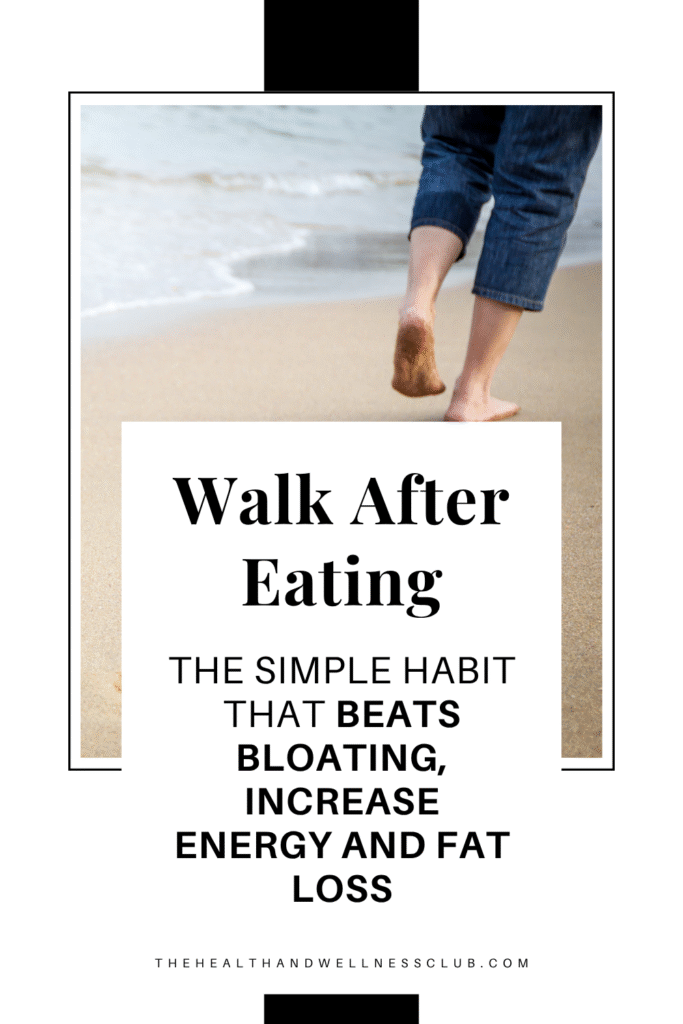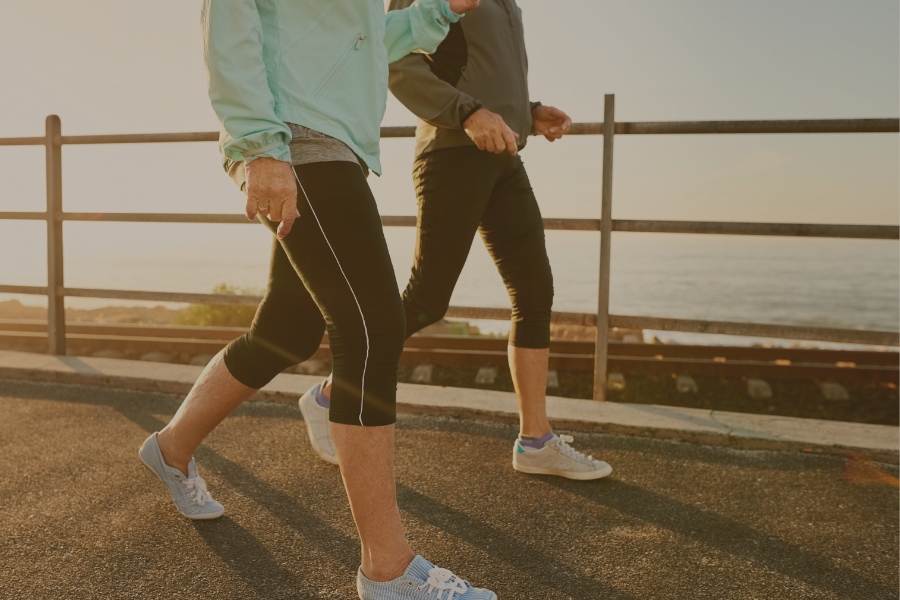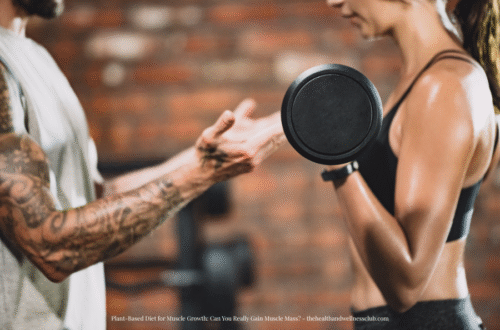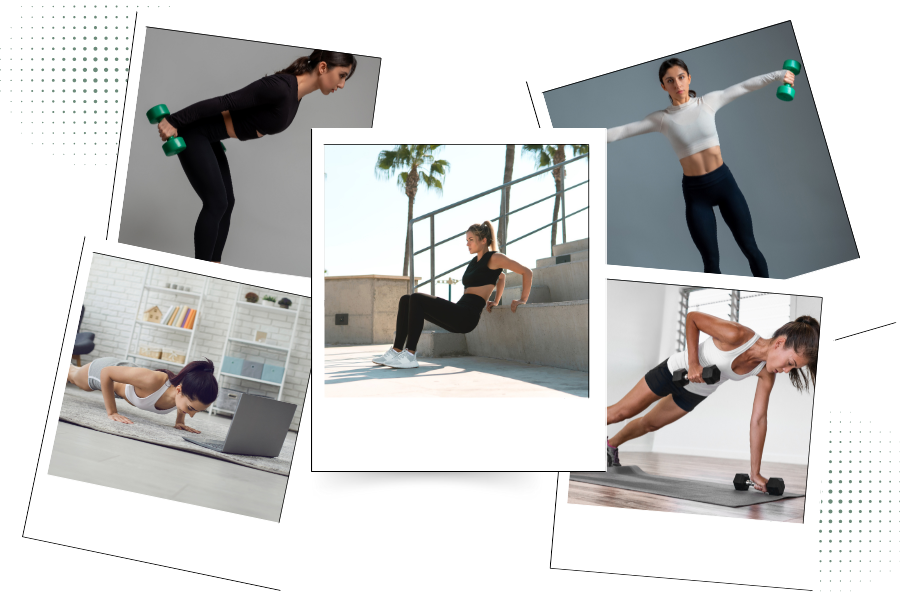Imagine a simple habit that not only boosts your energy but also enhances your overall well-being. Walking after eating is one such powerful practice that has been cherished by many, touting for their health benefits, ranging from blood sugar regulation to enhanced energy levels.
In this blog post, we’ll explore the benefits of the habit of walk after eating, backed by scientific research, and share personal insights on how this habit can lead to a more energetic and healthier life.
The Science Behind Walking After Eating
Improved Digestion
One of the most immediate benefits of walking after eating is improved digestion. When you walk, your body engages in gentle physical activity that helps stimulate the digestive system. This can lead to better nutrient absorption and reduced bloating. A study found that physical activity, including walking, can significantly improve digestive health and reduce symptoms of bloating and discomfort.
Blood Sugar Regulation
Walking after a meal can also help regulate blood sugar levels. This is particularly important for individuals with diabetes or those at risk of developing the condition. Research has shown that walking for just 15 minutes after a meal can help lower blood sugar levels and improve insulin sensitivity. It has been shown that by breaking down your activities throughout the day, instead of just moving once intensely during your daily workout, can have a much better sugar stabilising effect.
This can prevent spikes in blood sugar and reduce the risk of developing type 2 diabetes.
Weight Management
If you’re looking to manage your weight, walking after eating can be a valuable tool. Another study found that incorporating physical activity, such as walking, into your daily routine can help with weight loss and prevent weight gain. Walking helps burn calories and can contribute to a healthier body composition. By stacking your habits together, i.e. walk after a meal, this can encourages the formation of the new walking habit.
If weight loss is your goal, considering to adding weights when you walk or by walking on a slope. There are other tips to make your walk a more efficient workout to loss weight, check out this blog post.

Enhanced Energy Levels
Walking after a meal can boost your energy levels and combat the post-meal slump. Instead of feeling lethargic and sleepy, you’ll feel more alert and energized. This is because walking helps increase blood flow and oxygen delivery to your muscles and brain, promoting a sense of vitality and well-being.
My Experience
As someone who has embraced the habit of walking after meals, I can attest to the positive impact it has had on my life. I have started walking after lunch in the office on my walking pad, this really helps to combat the feeling of bloating and prevent my afternoon energy slump.
A Routine That Sticks
One of the most remarkable aspects of walking after eating is how easy it is to incorporate into your daily routine. Unlike intense workouts that require special equipment or a gym membership, walking is accessible to everyone. Whether you take a leisurely stroll around your neighborhood or walk on a treadmill, the benefits are the same.
A Moment of Mindfulness
Walking after a meal also provides an opportunity for mindfulness. It’s a chance to disconnect from the hustle and bustle of daily life and focus on the present moment. As you walk, you can reflect on your day, practice gratitude, and enjoy the beauty of nature. This mindfulness practice can reduce stress and improve mental well-being.
Building Connections
Walking after eating can also be a social activity. Invite a friend or family member to join you on your post-meal walk. It’s a great way to bond and catch up while doing something beneficial for your health. The shared experience can strengthen relationships and create lasting memories.
Practical Tips for Walking After Eating
Start Small
If you’re new to walking after meals, start with short walks. Aim for 10-15 minutes and gradually increase the duration as you become more comfortable. The key is consistency, so make it a habit to walk after every meal.
Choose the Right Time
The best time to walk after eating is within 30 minutes to an hour after your meal. This allows your body to begin the digestion process while benefiting from the physical activity, especially the blood sugar control and digestive support benefits. Avoid walking immediately after eating, as this can lead to discomfort.
Choose the Right Environment
If weather allows, it is best to be walk outdoor after meal to get as much daylight exposures for metabolic health benefit and the regulation of our circadian rhythms. If weather does not allow an outdoor walk, walking indoor would serve the benefits too. Pacing around your house or office, walking on a treadmill will certainly do too. Here is a list of walking pad recommended based on different needs.
Stay Hydrated
Remember to stay hydrated during your walk, especially under hot water. Drinking water can aid digestion and keep you feeling refreshed. Carry a water bottle with you and take sips as needed. Adding a slice of lemon or lime, would make your water tastes even more refreshing.
The Bottom Line
Walk after eating is a simple yet effective habit that can lead to improved digestion, better blood sugar regulation, weight management, enhanced energy levels, and overall well-being. Backed by scientific research and personal experiences, this practice is accessible to everyone and can be easily incorporated into daily life. So, the next time you finish a meal, take a stroll and experience the transformative benefits of walking after eating.
Check out our other blog posts on the benefits of walking in general and how to make walking burn more calories, making it a more effective movement for fat loss.





